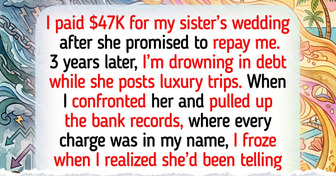How the Most Beautiful Women in the World Look Without Makeup

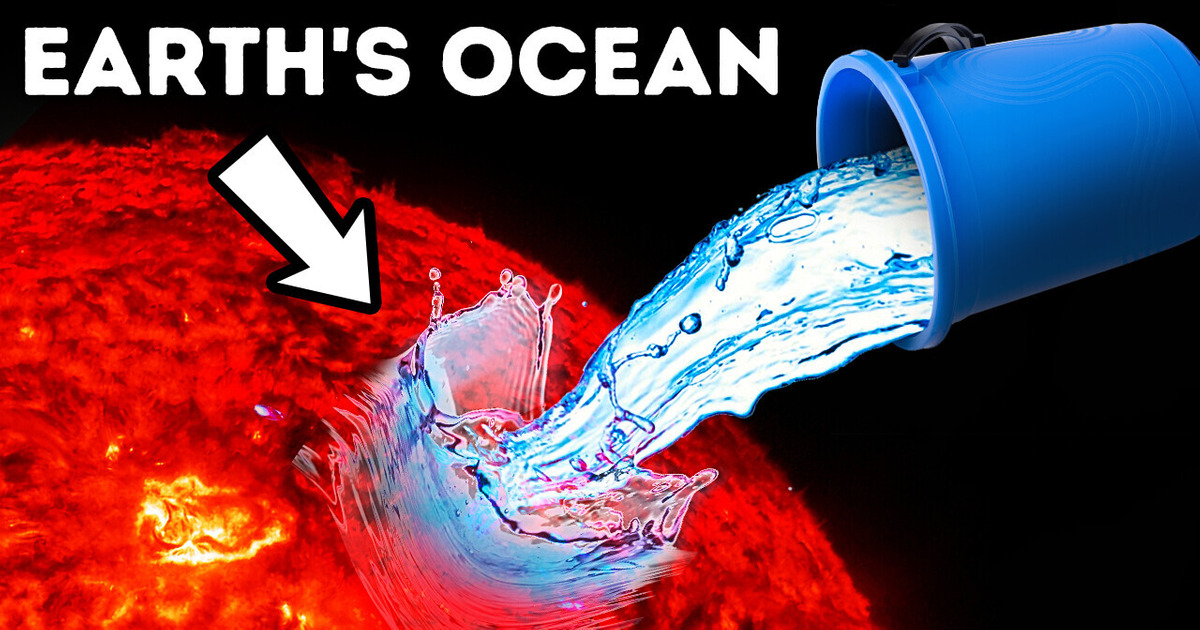
Is it possible to “put out” the Sun? For example, what would happen if we poured all of Earth’s oceans on it — or even more water? Well, let’s find out. The Universe is a place full of mysteries.
Since ancient times, scientists have been arguing about how space works. But none of us has ever doubted the existence of one thing — the Sun. Ah, the center of our Solar system. It’s big, bright, and... immortal? Nah, not really.
Actually, the Sun is just an ordinary star. It consists of 75% hydrogen, a little helium, and a pinch of other heavy elements. Gravity holds it all together. But in around 5 billion years, the life cycle of the Sun will come to an end. The hydrogen inside it will run out. Our star will begin to grow gradually. And you can’t even imagine just how BIG it will become!
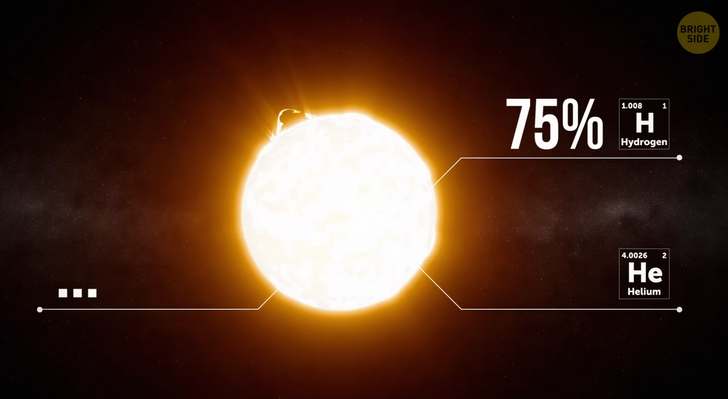
And then it will start eating all the nearby planets. That’s when we’ll regret being so close to it. After eating us all, the star will remain a “red giant” for another billion years or so. And then, sooner or later, it will begin to shrink and fade, turning into a white dwarf. In the end, nothing will remain of it but a bright and colorful planetary nebula.
But don’t get scared! Right now, the Sun is in the middle of its life cycle. It was born about 4.5 billion years ago, and about the same amount of time remains. Fortunately, we were born during the star’s best and most stable period. In other words, there’s no reason to worry. So let’s find one!
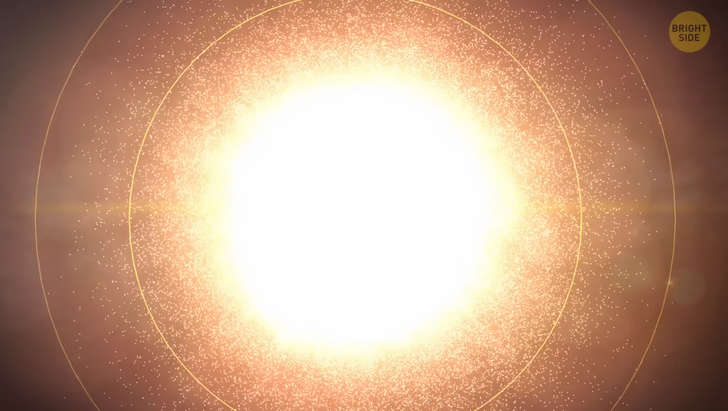
How about speeding up the Sun’s life cycle with the help of... water? We’ll try to collect all the water on Earth and pour it onto the Sun. First, we’ll need a bucket. No, not this one. We’ll need a really, REALLY big bucket. The one that can contain around 326 million cubic miles of water! It will be equal in size to the distance from Washington to Chicago.
Or, if we can only find ordinary buckets, there should be around 70 quintillions of them. This is a number with 18 zeros! Okay, imagine that we magically got that many buckets. It’s time to put out the Sun! We splash the star with all this water and... Nothing? Seriously?! Oh, just look at this — the Sun has probably felt sorry for us and produced one little solar flare.
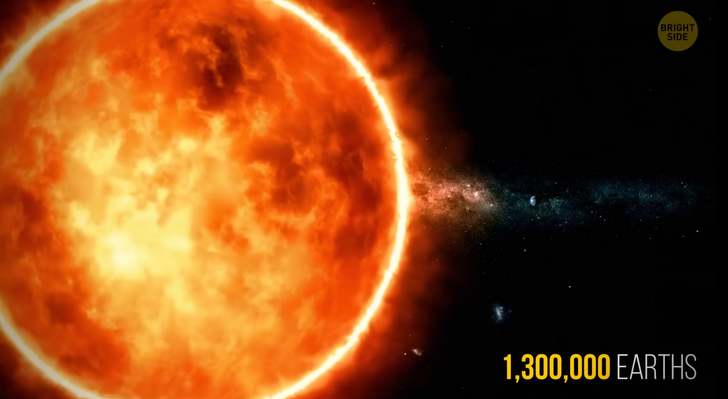
It turns out that ALL water on Earth is actually just a pathetic drop for the Sun. People often underestimate how much bigger the Sun really is than our planet. In reality, it can fit more than 1 million 300 thousand Earths! So yes, the Sun won’t go out or even get colder. It won’t even notice that we’ve done something.
But let’s not give up — we really want the Sun to go out for some reason! What happens if we pour “just enough” water on it? And how much is this “enough”? Remember our quintillions of buckets? Well, we actually need about 370 OCTILLIONS of them. This number has 27 zeros. It’s hard to even imagine, so let’s just say that it’s A LOT of water.
Now, let’s splash it all over the Sun again! Wow, just look at this steam! But the Sun hasn’t gone out again. On the contrary, it said “thank you” and suddenly became much bigger and brighter! What’s happening?
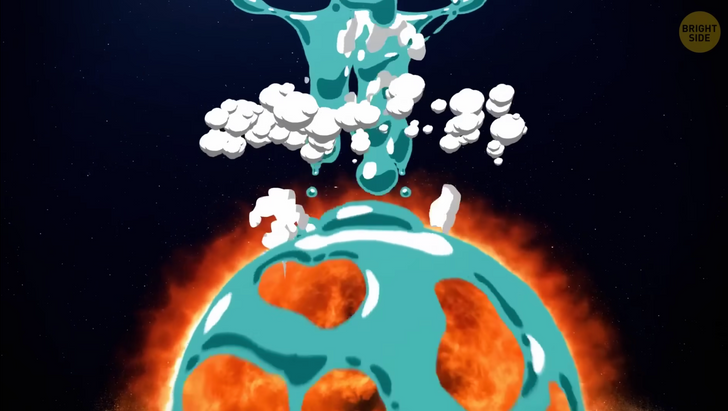
You see, the Sun isn’t actually a campfire. Inside bonfires and candle flames, there’s chemical combustion. When we pour water on the fire, the water absorbs the heat of the flame and cools it to such an extent that it can no longer maintain the burning reaction. It also blocks the fire’s access to oxygen. Water basically stops the chemical process.
But the “burning” of the Sun isn’t the same reaction. Even though we say that it “burns,” it’s not entirely true. What happens there is called “nuclear fusion.” This is one of the most violent and craziest reactions in the Universe. There are many layers of hydrogen going deep into the Sun.
If you take four hydrogen atoms and ram them together, you’re left with an atom of helium. When we talk about the Sun, the process is a little more complicated. When the star tries to carry out that fusion, positive protons repel each other. It takes A LOT of force and energy to somehow squeeze them together.
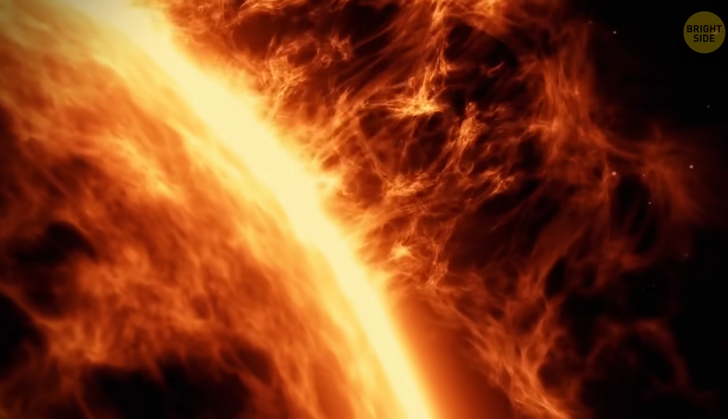
Fortunately, there’s a magical force in space. It’s gravity. The Sun takes up 99.8% of all the mass of the Solar system. Pretty heavy, right? And all this mass is what holds the Sun together with the help of an incredible gravitational force. So, gravity takes quadrillions of these little hydrogen atoms and pushes them together every second of every day.
And when they collide, they release some energy. So, unlike fire, the Sun doesn’t need oxygen to live. It needs hydrogen! And we all know that water is H2O. It consists of hydrogen and oxygen. So this is literally fuel for the Sun! It’s like trying to put out a fire with gasoline! More importantly, the extra mass added by water will make the Sun heavier.
Now, gravity says, “Thank you for your help!” And then, it starts to collide protons with each other even faster. And thanks to this, the synthesis speeds up. Great. We’ve made the Sun incredibly strong, and now it has eaten us. Along with other nearby planets. And if we keep adding water, the Sun will sooner or later collapse in on itself. It will blow off its outer layers and become a black hole. Awesome. Now it will pull inside absolutely everything around.
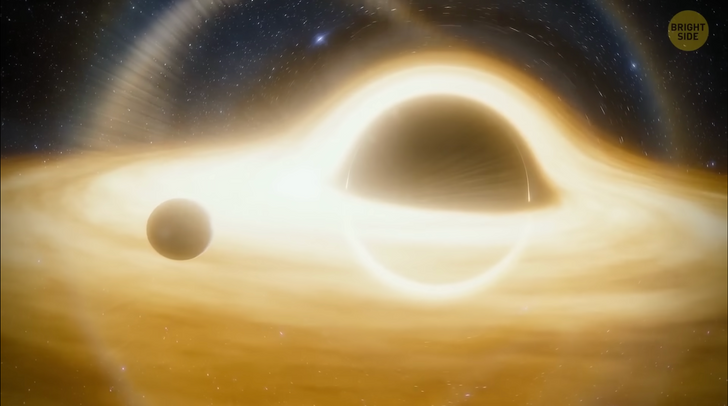
Let’s press rewind because, clearly, our water experiment was a mistake. One small solar flare sounds much better. Alright, we are back to our usual, calm Sun. But it seems like there’s something that we’ve forgotten.
How is our Earth doing now, without any water? Well, apparently, water was critically important for life on Earth — who would’ve thought? Now, there’s a huge amount of unmoving fish and other marine creatures lying around where the oceans used to be. Poor things.
As for deep-sea creatures, they simply didn’t withstand such a sharp change in pressure. Algae and corals have also dried up. Wait a minute. Weren’t they responsible for producing 50-80% of the world’s oxygen? Oops, it’s time to put on some oxygen masks!
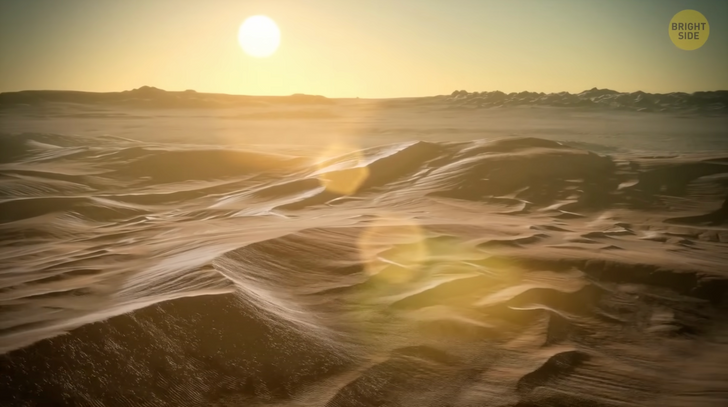
And how are things on dry land? I mean, now, everything is just “land.” But you get the point. Wow, this whole place is lit! And I mean it literally — if there are no oceans, then there are no clouds or rain. Now there are forest fires everywhere!
Poor animals have to escape and leave their homes. And it’s not like they’ll be able to find a new home. Because all plants, of course, will dry up quickly. There will be literally no place for living left on the planet. So now Earth looks like a giant desert. But people have been living in deserts for thousands of years, right? Maybe they’ll know what to do?
They won’t. After all, people in the desert also need to drink. So now, there’s total chaos everywhere, and survivors fight for the last drops of water! If there are any survivors at all. In fact, no matter how much they fight for resources, their fate is sealed.
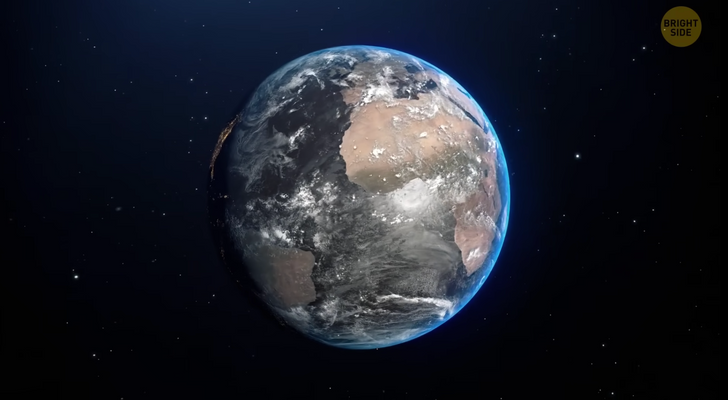
The ocean absorbs a huge amount of CO2 and the heat coming from the Sun. They also distribute this heat throughout the planet, making it pleasant to live on. But once they’re gone, the temperatures will quickly jump to 250 °F and above. But even if we forget about the high temperatures — now we have no clouds. And they helped us, too, by not letting through solar radiation.
So we’re also under the direct impact of the Sun’s rays. Our last hope is icebergs. Now that everything is terribly hot, they have melted. And maybe they’ll be the last hope for humanity. But that cool solar flare was definitely worth it!







